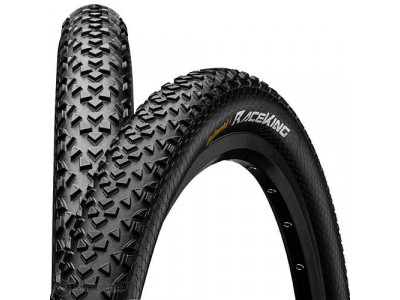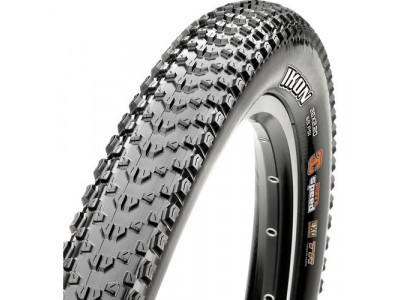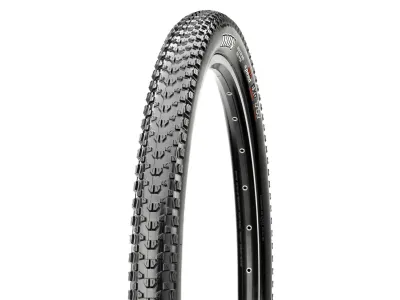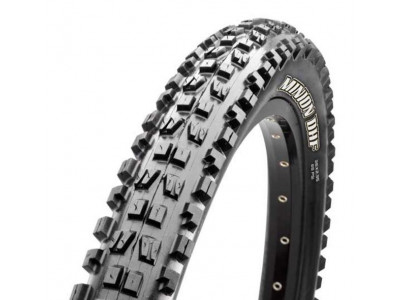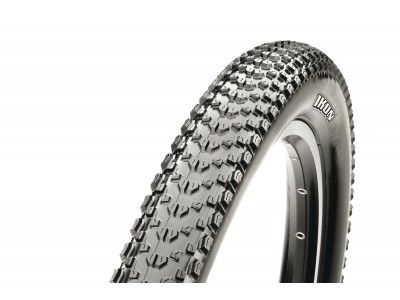
savings Maxxis Ikon 29x2.35" EXO MaxxSpeed tire, TR, kevlar
48.90 €
savings
RRP 87.99 €
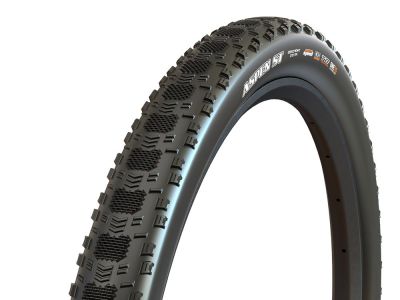
savings Maxxis Aspen ST 29x2.25" MaxxSpeed ONE70 EXO tire, TR, kevlar
59.90 €
savings
RRP 85.99 €

Maxxis Minion DHR II 29 x 2.50" WT 3C MaxxTerra DH tire, TR, kevlar
64.90 €
RRP 89.99 €

savings Maxxis Aspen ST 29x2.40" MaxxSpeed EXO ONE70 WT tire, TR, kevlar
59.90 €
savings
RRP 85.99 €

savings Maxxis Aspen 29x2.25" EXO MaxxSpeed tire, TR, kevlar
49.90 €
savings
RRP 78.99 €

savings Maxxis Minion DHR II 27.5x2.50" 3CT DD tire, TR, kevlar
64.90 €
savings
RRP 94.99 €
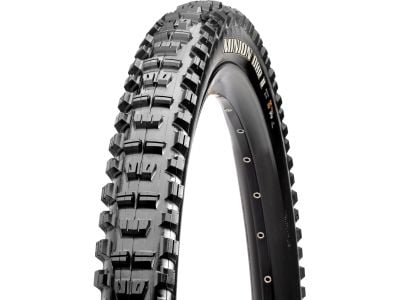
-36% Maxxis Minion DHR II 29x2.5" WT EXO+ 3C MaxxTerra tire, TR, kevlar
54.90 €
-36%
RRP 89.99 €

-33% Maxxis Minion DHR II 27.5x2.50" WT 3CG DH tire, TR, kevlar
59.90 €
-33%
RRP 89.99 €

savings Maxxis Ikon 26x2.20" EXO tire, TR, kevlar, skinwall
35.90 €
savings
RRP 58.99 €

-15% Maxxis Minion DHR II 29x2.40" WT EXO TR 3C Maxx Terra tire, kevlar
46.90 €
-15%
RRP 78.99 €
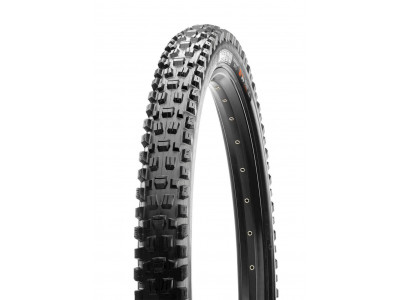
savings Maxxis Assegai 27.5x2.50" WT 3C MaxxGrip EXO+ tire, TR, kevlar
51.90 €
savings
RRP 85.99 €

savings Maxxis Assegai 29x2.60" WT EXO 3C MaxxTerra tire, TR, kevlar
50.90 €
savings
RRP 85.99 €

savings Schwalbe Rocket Ron 29x2.25" Performance Addix TLR tire, kevlar
27.90 €
savings
RRP 43.99 €

savings Maxxis Ikon 27.5x2.35" EXO 3C Maxx Speed tire, TR, kevlar
49.99 €
savings
RRP 74.99 €

-9% Maxxis Assegai 29x2.50" WT 3C Maxx Terra EXO tire, TR, kevlar
49.90 €
-9%
RRP 78.99 €

-7% Maxxis Assegai 27.5x2.60" 3C MaxxTerra EXO tire, TR, kevlar
50.90 €
-7%
RRP 85.99 €
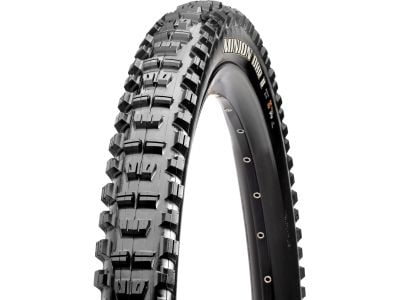
-32% Maxxis Minion DHR II 29x2.5" 3C MaxxTerra DD tire, TR, kevlar
64.90 €
-32%
RRP 94.99 €
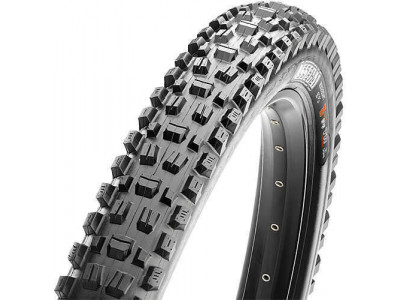
-10% Maxxis Assegai 27.5x2.50" WT 3C MaxxGrip DoubleDown tire, TR, kevlar
53.90 €
-10%
RRP 94.99 €

savings Maxxis Assegai 29x2.60" EXO+ 3C MaxxTerra tire, TR, kevlar
59.90 €
savings
RRP 89.99 €

savings Maxxis Minion DHF 27.5x2.80" WT 3C EXO tire, TR, kevlar
52.90 €
savings
RRP 90.99 €

savings Maxxis Minion DHF 29x2.60" WT EXO 3C MaxxTerra tire, TR, kevlar
49.90 €
savings
RRP 85.99 €
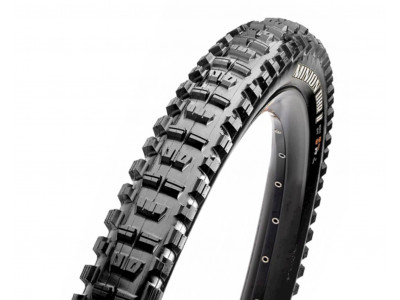
savings Maxxis Minion DHR II 29x2.40" WT 3C MaxxGrip DH tire, TR, kevlar
59.90 €
savings
RRP 89.99 €
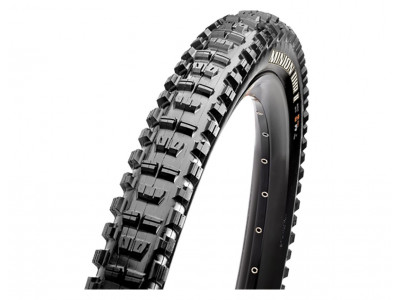
-36% Maxxis Minion DHR II 29x2.60" 3C EXO+ MaxxTerra tire, TR, kevlar
57.90 €
-36%
RRP 89.99 €

savings Maxxis Minion DHR II 29x2.40" WT EXO tire, TR, kevlar, skinwall
38.90 €
savings
RRP 68.99 €

-10% Maxxis Minion DHR II 27.5x2.80" 3C EXO tire, TR, kevlar
53.90 €
-10%
RRP 90.99 €

-37% Maxxis Minion DHR II 27.5x2.40" WT 3C MaxxGrip EXO tire, TR, kevlar
49.90 €
-37%
RRP 78.99 €
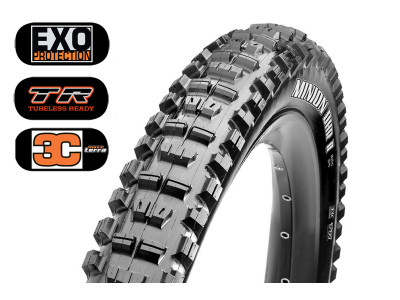
savings Maxxis Minion DHR II 29x2.60" 3C EXO MaxxTerra tire, TR, kevlar
52.90 €
savings
RRP 85.99 €

-38% Maxxis Rekon Race 29x2.35" EXO tire, TR, kevlar, tanwall
42.90 €
-38%
RRP 68.99 €

savings Maxxis Dissector 29x2.40" WT DD 3C MaxxTerra tire, TR, kevlar
60.90 €
savings
RRP 94.99 €

savings Maxxis Rekon Race 27.5x2.25" EXO DC tire, wire bead
24.90 €
savings
RRP 39.99 €

-6% Schwalbe NOBBY NIC 29x2.40" Addix TwinSkin tire,TLR, kevlar
30 €
-6%
RRP 43.99 €

-29% Maxxis Aspen ST 29x2.25" MaxxSpeed EXO tire, TR, kevlar
55.90 €
-29%
RRP 78.99 €

-35% Maxxis Rekon 29x2.40" WT EXO tire, TR, kevlar, tanwall
44.90 €
-35%
RRP 68.99 €

-20% Schwalbe RACING RALPH 29x2.25" Addix Performance tire, TLR, kevlar
27.90 €
-20%
RRP 43.99 €

